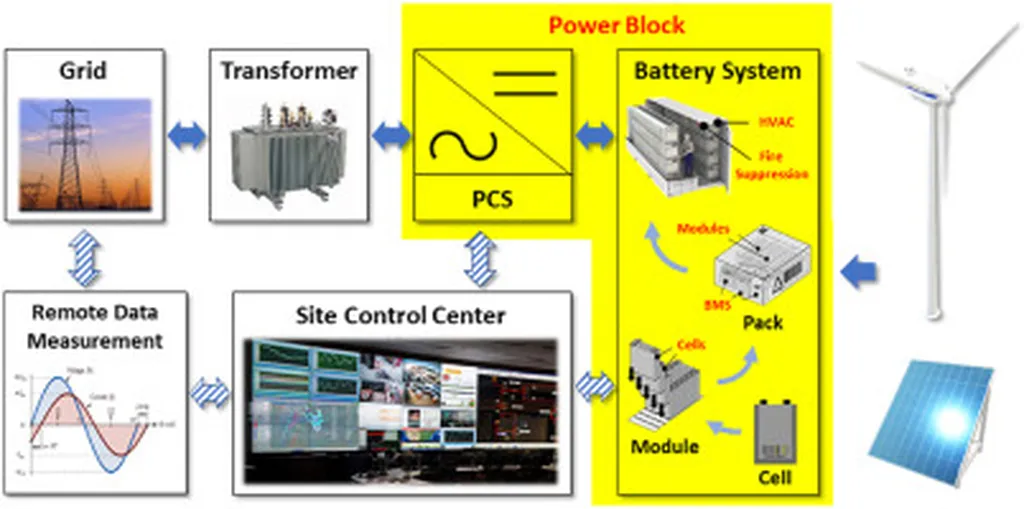In the quest for sustainable energy solutions, a groundbreaking study published in *Zhileng xuebao* (translated as “Journal of Refrigeration”) has shed light on a promising energy storage system that could revolutionize the way we manage electricity grids. The research, led by Li Ge, delves into the potential of using H₂O/LiBr (water/lithium bromide) as a working fluid in energy storage systems, offering a viable solution to the challenges of energy peak demand and grid stability.
Li Ge’s analysis reveals that this innovative system not only balances electricity network loads by shifting peak demand but also boasts a remarkable energy storage density of 400 kJ/kg, achieved with a coefficient of performance of 4.3. “This system is a game-changer,” Li Ge explains. “It can utilize a variety of energy resources, including solar energy, soil heat energy, and industrial waste heat, making it incredibly versatile and environmentally friendly.”
One of the most compelling aspects of this research is its economic viability. The study highlights that the system requires less initial investment and promises a gross profit seven times larger than that of traditional ice storage systems over a ten-year period. This financial incentive could accelerate the adoption of such technologies in the energy sector, driving significant commercial impacts.
The simplicity of the system and its use of environmentally friendly working fluids further enhance its appeal. “We are looking at a technology that is not only efficient but also sustainable,” Li Ge notes. “This could be a cornerstone in our efforts to create a more resilient and eco-friendly energy infrastructure.”
The implications of this research are far-reaching. As the energy sector continues to grapple with the challenges of peak demand and grid stability, innovative solutions like the H₂O/LiBr energy storage system could pave the way for a more efficient and sustainable future. By balancing loads and utilizing diverse energy resources, this technology has the potential to reshape the energy landscape, offering a viable path towards a greener and more stable energy grid.
Published in *Zhileng xuebao*, this study serves as a beacon of hope for researchers and industry professionals alike, inspiring further exploration and development in the field of energy storage. As we stand on the brink of a new era in energy management, the insights provided by Li Ge and their team could very well be the catalyst for transformative change.

